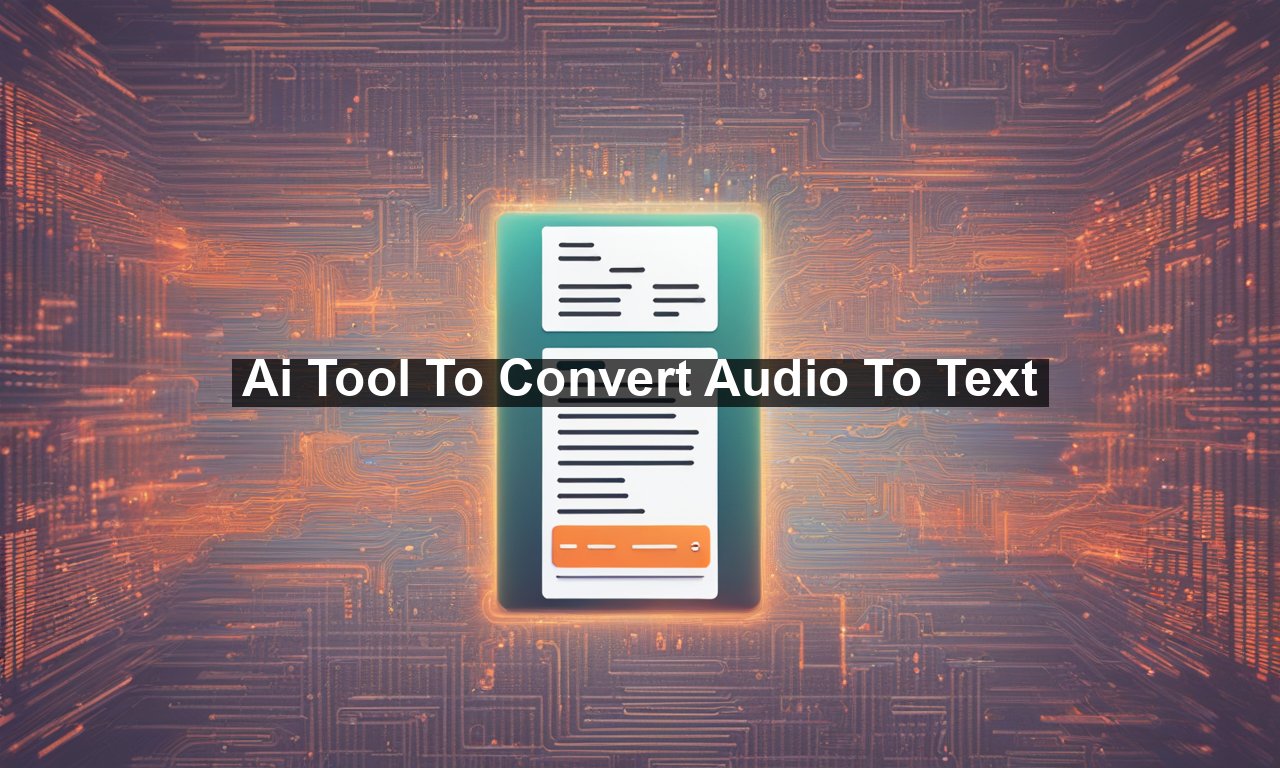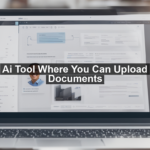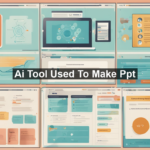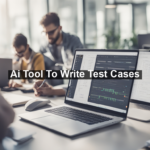In today’s fast-paced digital age, capturing written content from audio files has never been easier, thanks to advanced AI tools designed to convert audio to text. Whether you’re a journalist, student, podcaster, or business professional, harnessing the power of these tools can save you time, improve productivity, and enhance the accessibility of your content. This article delves into the significance of audio-to-text conversion, answering common questions, and guiding you towards making the most of these innovative technologies.
Understanding the Basics of Audio-to-Text Conversion
Have you ever found yourself listening to a lengthy lecture or an intriguing podcast, wishing you could just read the content instead? Well, the solution lies in audio-to-text conversion tools. These ingenious applications utilize artificial intelligence to transcribe spoken words into written text accurately and swiftly.
What Is Audio-to-Text Conversion?
Audio-to-text conversion is the process of transforming spoken language into written form. This is achieved through various AI algorithms that recognize speech patterns, linguistic structures, and contextual clues. Think of it as giving a machine the ability to understand and write down what it hears.
Why Is Audio-to-Text Conversion Significant?
The significance of these tools cannot be overstated. Here’s why:
- Time-Saving: Manually transcribing audio can be incredibly time-consuming. AI tools can do it in a fraction of the time.
- Accuracy: Modern AI tools boast impressive accuracy, often recognizing different accents and nuanced language.
- Accessibility: Audio content can reach a broader audience when converted to text, including those who are deaf or hard of hearing.
- Searchability: Text files are easier to search and reference than audio files, making them more useful for research and documentation.
How Do AI Audio-to-Text Tools Work?
Understanding the underlying technology can give you confidence in using these tools. Here’s a simplified breakdown of how most AI audio-to-text tools function:
Speech Recognition
AI-based tools use speech recognition technology to convert audio to text. This involves decoding spoken words and converting them into digital signals that can be processed by the system. Advanced tools like Google’s Speech-to-Text API utilize neural networks trained on vast datasets to improve their understanding and accuracy.
Natural Language Processing (NLP)
Natural Language Processing (NLP) enhances the tool’s ability to understand context, grammar, and syntax. This ensures that the transcribed text is not just a jumble of words but a coherent passage that reflects the original speech accurately.
Machine Learning
Machine learning algorithms allow these tools to improve over time. With each use, the tool learns and adapts to better understand various accents, speech patterns, and terminologies specific to different industries.
Top AI Tools for Audio-to-Text Conversion
When it comes to choosing the right tool, the market offers a plethora of options. Here are some of the most reliable and efficient AI tools available today:
Google Speech-to-Text
Google’s Speech-to-Text API is highly popular for its accuracy and efficiency. Leveraging Google’s extensive machine learning capabilities, this tool offers real-time transcription and supports a wide array of languages. You can learn more about it on the Google Cloud Platform.
Otter.ai
Otter.ai provides robust transcription services tailored for meetings, interviews, and lectures. It offers features like speaker identification and summarization, making it a favorite among professionals and academicians. You can find more details on the Otter.ai official website.
Rev
Rev combines AI with human transcription services to ensure high accuracy. While AI handles the bulk of the transcription, human reviewers refine the output, making it as precise as possible. Explore its offerings on the Rev official website.
How to Maximize the Potential of Audio-to-Text Tools
To get the best results, there are specific practices you can adopt. Here are some tips:
Quality of Audio
Ensure that your audio quality is high. Background noise, low volume, and overlapping voices can affect the accuracy of the transcription. Use high-quality microphones and a quiet environment to record audio.
Clear Pronunciation
Clear and deliberate pronunciation makes it easier for the AI to understand and transcribe your speech accurately. Avoid speaking too fast and try to articulate your words clearly.
Utilize Built-in Features
Many AI tools come with features that enhance transcription accuracy and usability. Use speaker identification, punctuation insertion, and real-time editing to improve the final output.
Contemplating the Privacy and Security
With data privacy being a growing concern, especially with AI tools, it’s crucial to choose services that prioritize security. Ensure that the tool you select offers robust data protection mechanisms and complies with relevant privacy laws. For instance, Google Speech-to-Text ensures security through data encryption and compliance with GDPR standards.
Final Thoughts
AI-powered audio-to-text tools have revolutionized the way we handle audio content, making it more accessible, searchable, and utilitarian. Whether for personal use or professional endeavors, these tools can significantly enhance your productivity and efficiency. Embrace the power of AI, and let these intelligent tools do the heavy lifting for you!
Don’t let valuable information get lost in the sound waves. Convert your audio files to text, and usher in a new era of convenience and accessibility.











